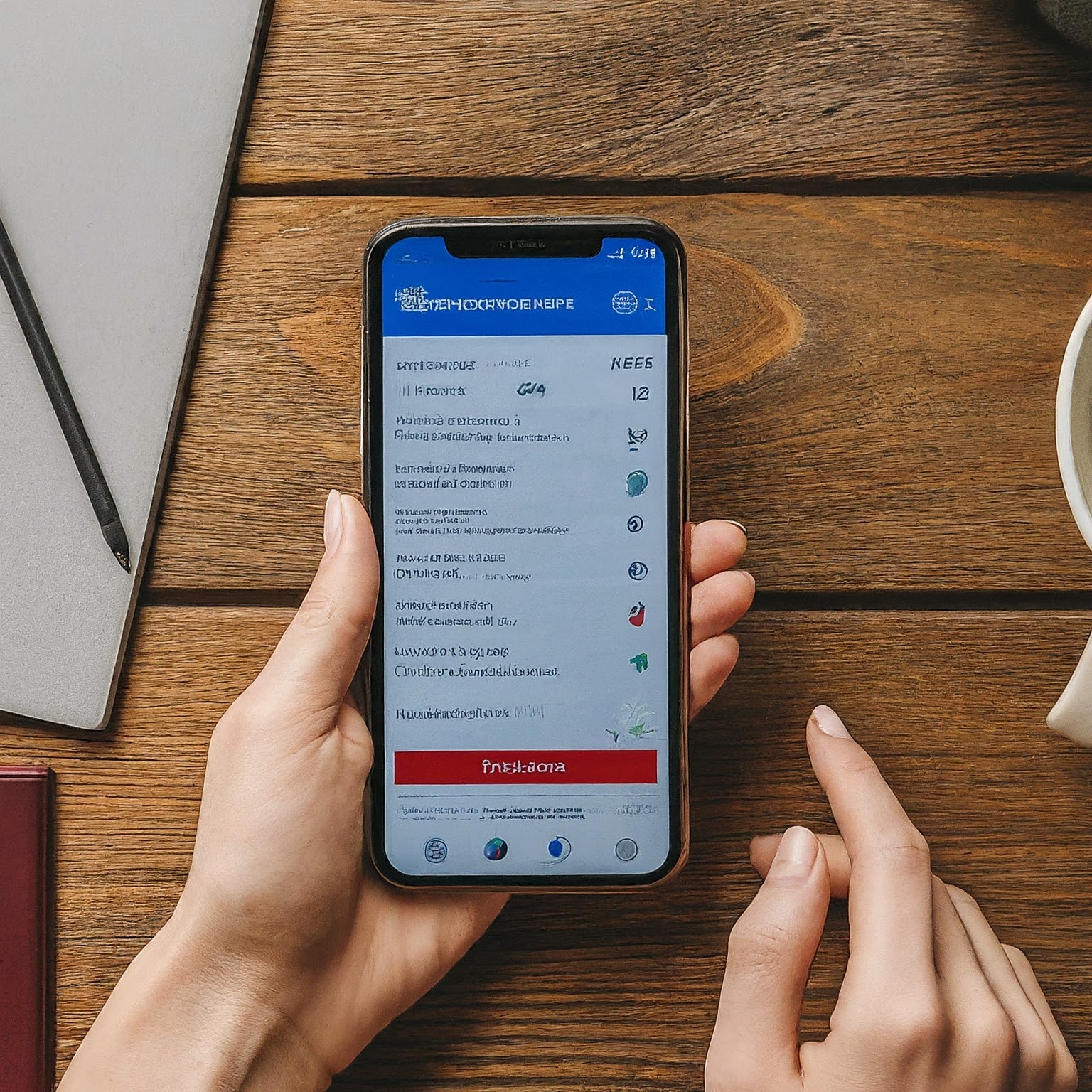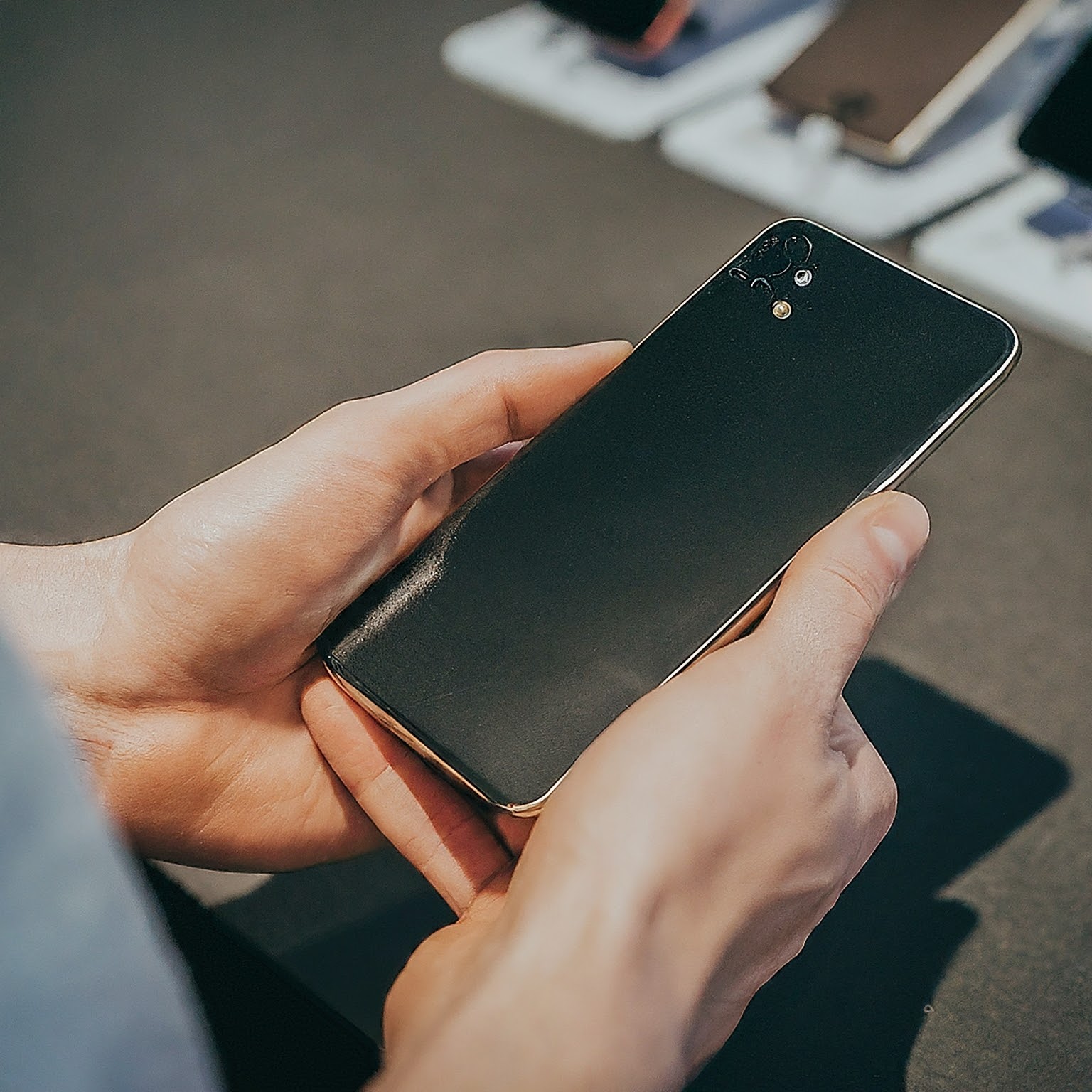A trade in is a consumer-friendly program offered by retailers, manufacturers, and carriers that allows you to exchange your old device for credit towards a new purchase. This credit can be applied towards the full price of the new item or used as a discount. The value of your trade in is determined by factors such as the device’s make, model, condition, and market demand.

Why Consider a Trade In?
There are numerous benefits to participating in a trade in program:
- Upgrade to the Latest Technology: By trading in your old device, you can easily upgrade to the newest models without breaking the bank.
- Environmental Responsibility: Many trade in programs emphasize recycling and responsible disposal of electronic waste.
- Convenience: The process is often straightforward, with options for in-store or online evaluations.
- Potential for Significant Savings: Depending on the value of your trade-in and the discounts offered, you can save a substantial amount of money.
Factors Affecting Trade In Value
Several factors influence the value you’ll receive for your device in a trade in program:
- Device Condition: The physical state of your device is crucial. Scratches, cracks, or water damage can significantly impact its value.
- Device Age: Newer models generally command higher trade-in values.
- Market Demand: The popularity of your device’s brand and model will affect its worth.
- Storage Capacity: Devices with larger storage capacities tend to have higher trade-in values.
- Carrier Lock: Unlocked devices are often valued more than carrier-locked ones.
How to Maximize Your Trade In Value
To get the most out of your trade in, follow these tips:
- Maintain Your Device: Keep your device in excellent condition by using a protective case and screen protector.
- Back Up Your Data: Before trading in your device, ensure all important data is backed up.
- Compare Offers: Different retailers and manufacturers offer varying trade-in values. Compare offers to get the best deal.
- Time Your Trade In: Consider the release dates of new models. Trading in an older device shortly before a new model launch might yield a lower value.
- Bundle with Other Purchases: Some retailers offer additional incentives when you bundle your trade in with other purchases.
The Role of Retailers and Manufacturers
Retailers and manufacturers play a vital role in the trade in ecosystem. They offer various programs with different terms and conditions. Some popular options include:
- Carrier Trade-In Programs: Many carriers offer trade in deals when you upgrade to a new phone on their network.
- Retailer Trade-In Programs: Electronics retailers often have trade in programs for smartphones, tablets, and laptops.
- Manufacturer Trade-In Programs: Some manufacturers offer direct trade in programs for their products.
Common Misconceptions About Trade In
There are several misconceptions about trade in programs:
- Only High-End Devices Qualify: While high-end devices often have higher trade-in values, many programs accept a wide range of devices.
- Trade-In Values Are Always Low: While trade-in values can vary, it’s essential to compare offers and look for deals.
- The Process is Complicated: Most trade in programs are designed to be user-friendly, with clear instructions and easy-to-follow steps.

The Future of Trade In
The trade in market is constantly evolving. As technology advances and consumer preferences change, we can expect to see new and innovative trade in programs emerge. Some potential trends include:
- Expanded Device Eligibility: More devices, such as wearables and smart home gadgets, may become eligible for trade-in.
- Increased Sustainability Focus: Trade in programs will likely place a greater emphasis on recycling and environmental responsibility.
- Flexible Trade-In Options: Consumers may have more choices in how they receive trade-in value, such as store credit, gift cards, or cash.
لا تعليق